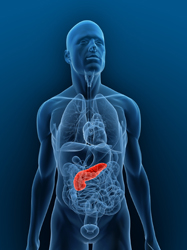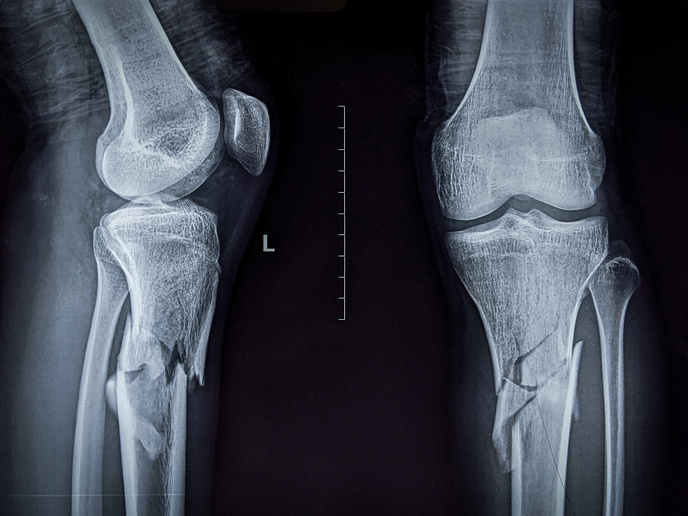A novel scaffold for pancreatic islet development
The immune system responds to the implantation of bioengineered constructs – regardless of the implantation site – with a non-specific inflammatory response orchestrated by the innate compartment. Subsequent events include the activation of the immune system causing the release of molecules, and the recruitment of cellular elements that altogether mount the initial acute inflammatory response. In the case of a persisting stimulus, the acute inflammatory response perpetuates and evolves, often leading to rejection of the implanted material. Accumulating evidence points towards interleukin-1b as a key element in such an inflammatory response. The EU-funded Oxfordwinston project considered developing an ex vivo kidney bioengineering approach. More specifically, porcine kidneys were harvested and decellularised with detergents to produce renal extracellular matrix (ECM) scaffolds. These were subsequently used to understand how the immune system reacts following their implantation. Scientists focused on the role of the cytoplasmic multi-protein complex known as the inflammasome. This complex activates caspases 1 and 5, leading to the processing and secretion of the pro-inflammatory cytokines, interleukin-1b, interleukin-18 and interleukin-33. By using transgenic animal models lacking various immune system components, scientists found that the acellular ECM triggered an inflammatory response similar to that observed with whole liver. These findings indicate that the immunogenicity of the acellular ECM scaffold developed by the Oxfordwinston project needs to be resolved before this promising ex vivo kidney regeneration method can be applied in the clinic.







